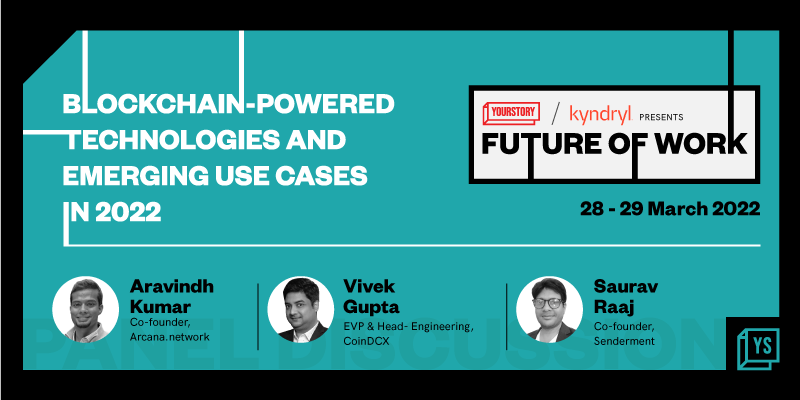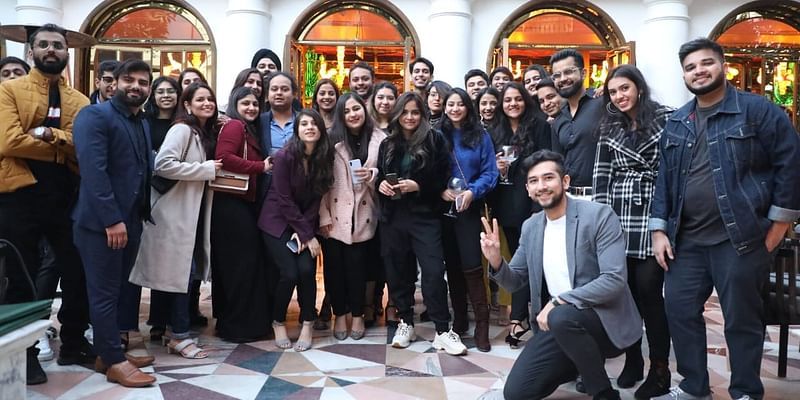IndiaStack introduces account aggregator initiative to drive financial inclusion in a fair and equitable manner
In this episode of Prime Ventures' Prime Knowledge video series, Shripati Acharya, Co-founder and Managing Partner at Prime Venture Partners, talks about his observations on the potential of account aggregators – the next big initiative by IndiaStack.
Since its launch in April 2016, the Unified Payments Interface (UPI) has taken the Indian payment ecosystem by storm. With nearly a billion transactions per month, it is undoubtedly shaping the transition to digital payments steadily.
To further support the objective of making financial products accessible to the next billion users in India, IndiaStack, the public digital infrastructure behind UPI, has been enhanced to introduce account aggregators.

Shripati Acharya
The idea is to enable and encourage innovation on top of this digital infrastructure to drive financial inclusion fairly and equitably.
India, like most developing countries, is rich in data but not so much in its economy, which is unlike other developed nations which became data-rich after reaching economic affluence.
An individual in a Tier-II city of India consumes data and digital services similar to that in the west.
It is only natural that the digital footprint of users in the US, western Europe, and India will be similar even with largely varying income levels.
Shripati Acharya, Co-founder and Managing Partner of Prime Venture Partners says,
"For data wealth to translate to economic wealth, India has to enable people to leverage their data to improve their lives. How do we make people leverage their data meaningfully? AA provides the scaffolding to enable that."
Watch the Prime Knowledge series with Shripati Acharya brought to you by Prime Ventures, an early-stage VC fund investing in technology and product-focused businesses.
The use-case of account aggregators
Account aggregators introduce the concept of an electronic consent artefact which refers to individual data or business data in an encrypted form.
These artefacts enable the user to request and then provide selective consent to access their data that resides with various repositories and share this info in a highly granular fashion with services providers. The consent is for a predefined period and can also be revoked by the individual.
The service providers could be anyone who provides traditional financial services, such as loan-providers (banks, NBFCs), brokerages, and wealth management companies.
Shripati says, "Similar to NBFCs, account aggregators are also regulated by the RBI. Seven companies have been given in-principle approval to get started. AAs cannot see, store, or resell the data. Electronic consent is programmable, can be one time or time-restricted access. For example, it expires in a week."
This should help realise the vision of using alternate data for lending such as mobile phone recharge. Imagine an or driver in a Tier-II city in Uttar Pradesh, whose digital footprint primarily consists of getting daily payments into his bank account and making regular mobile recharges for his phone.
He can consent to share his cash-inflows and outflows over six months with an alternative lending company that uses a flow-based lending approach to make a credit decision.
User experience flow
Account aggregators can facilitate the exchange of data electronically, where the loan provider can use the data for a limited time for the specific purpose of making a credit decision. Similarly, a small business can provide access to its GST filings, bank account, and mortgage repayment information to avail credit. Currently, this process would consist of creating a thick paper dossier with print-outs from several different accounts or sharing net-logins.
The flow of this will be similar to UPI usage, says Shripati.
The user registers and downloads an app from one of the RBI sanctioned account aggregators, where the relevant personal or business financial accounts are connected with the AAs. By regulation, the aggregator cannot inspect or store user data.
When the user approaches a bank for a loan, the bank asks for financial statements for a certain period and submits this request to the user via the aggregator. For first time users, the bank would first direct users to register with an AA.
The app's push notification asks the user to approve the request for data for specific use (in this case for a loan), for a specific time say 90 days. Once the user approves the request on the app, the aggregator creates a data artefact, collating data from various sources and sends it to the bank.
Data repositories like banks, NBFCs, asset management companies, insurance firms, and pension funds are called financial information providers (FPI), while the users of this data such as a bank or a mutual fund company which are regulated by the financial services regulators are called financial information users (FIU).
Account aggregator is a first such implementation of data access, control, and usage by individuals and businesses in the world at scale. The architecture is industry agnostic and has started with the fintech sector. However, moving forward, the usage of it will cut across domains and will expand to include education and healthcare sectors.
Shripati adds, "The bold ambition of IndiaStack is to encourage innovation that will lead to making services that are available to the top 0.1 percent of the population to the rest of the country. Account aggregator is a major step forward towards that goal."
(Edited by Suman Singh)












